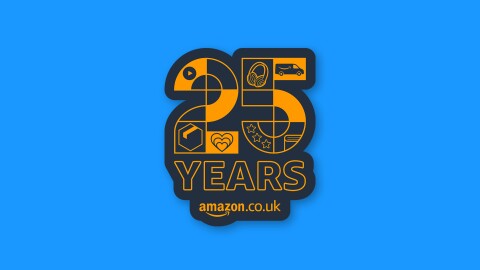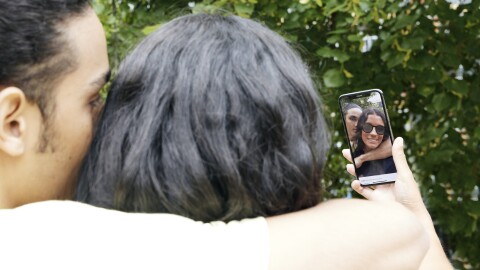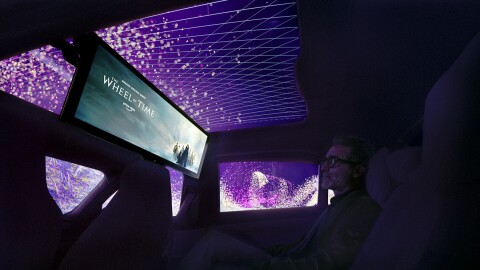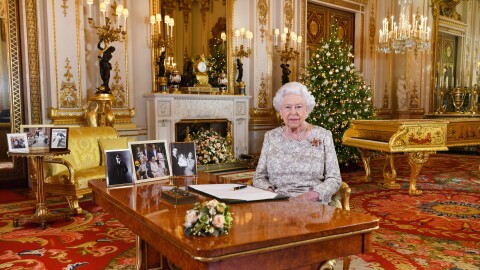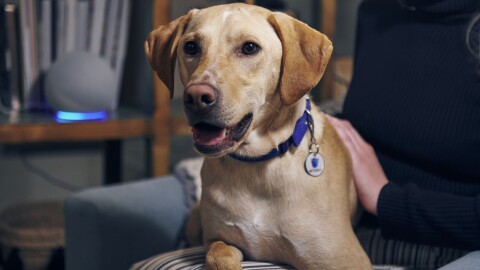Cycling has been resurgent in recent years as we look for new ways to have fun, keep fit and reduce our carbon footprint.
According to the most recent stats from the British Social Attitudes Survey, around 5-6% of the adult population (2.3 to 2.8 million people) will ride their bike at least once a week. However, the government also reports that cycling only makes up an average 1% of the mileage accumulated by all road traffic per year.
Many parents, commuters and city-dwellers still have lingering concerns about the safety of cycling – despite concerted efforts to invest in cycle-friendly cities.
Those safety concerns were front-of-mind for husband-and-wife team Philip and Irene McAleese when they came up with the ingenious idea behind See.Sense: to build bike lights that are not only better and brighter, but also smarter.

How did the idea for See.Sense come about?
Today, See.Sense products are sold in more than 70 countries around the world and are listed on Amazon in the UK, USA and Australia, including shipping across Europe from the UK.
But the See.Sense story begins in Singapore, where both Philip and Irene held corporate jobs.
“I was working in technology for an investment bank,” says Philip. “As a busy executive with little time for the gym, I took up cycling as a way to keep active and to see the city differently. It was really enjoyable, however I quickly became fed up with the near misses from road traffic. I started looking into solutions to improve my safety."
Philip and Irene began by researching relevant cycling statistics around the world, comparing them with initiatives from bodies like the European Union to reduce vehicle collisions.
“Cities need to convert short-distance car journeys into low-emission alternatives like cycling, which will free up congestion, change commuting patterns, and reduce our carbon footprint,“ says Philip.
“However, safety and the perception of safety, is the key barrier to behaviour change. Improvements to infrastructure and conditions are needed if more people are to be encouraged to make the shift to cycling.”
“In simple terms, most cities are not designed with cyclists in mind.”
“We realised that most cycling accidents happen during daylight hours and near road junctions. In simple terms, most cities are not designed with cyclists in mind. The problems of riding at night are already well-established, but we also found that top-of-the-range, daylight visible bike lights tend to be big, heavy, and expensive.”

The couple wanted to transition from working in finance to creating a start-up in order to build a company that people were proud to work for – while also providing a tangible solution to an everyday problem.
Coming from a tech background, Philip understands devices and analytics; while Irene’s expertise is in organisational change, operational activity, business development, and cultivating relationships.
He added: “Our attributes complement each other brilliantly, but there was still a steep learning curve – not least because we relocated to Northern Ireland and gave up steady careers. On top of that, we had to learn about package design, market access, sales, marketing, and more. In the early days we also had to handle a shipment of 5,000 batteries, which took up more room than we realised!”
From bike lights to data insights
The concept for See.Sense was developed in Singapore, and an early electronics prototype was developed there. Their initial idea focused on a bike light that could change its own brightness based on the environment. For example, the light would flash fast and brightly at a roundabout or junction. But they quickly realised that their technology could do so much more.

The light’s in-built bare metal edge processing monitors its environment 800 times per second and sends feedback on what’s happening. They were gathering data not just on the location of the cyclist, but also on factors such as the road surface, braking, swerving, and collisions.
“It became clear that these never-before-seen insights our lights were generating could be very useful to local authorities making decisions on cycling infrastructure,” says Irene.
“Cities struggle with a lack of data about cyclist behaviour. Cars and buses already provide ‘connected’ data, but bikes are still analogue machines. Census data is available, but this if often out of date. Even if cities mount static counters to look at specific traffic or collision hotspots, they tend to be expensive, can be vandalised, and provide limited data.”
”We started thinking about how as a business we could help cities design more efficient cycle networks or adapt existing infrastructure, as well as facilitate that behaviour change and encourage more people to cycle.
”See.Sense bike lights connect via a low-energy Bluetooth to a free companion app on your smartphone. With the use of edge processing and artificial intelligence (AI), the data is already partly processed before it reaches the app, so analysis happens as near to real time as possible.
Processing that data at speed requires a lot of computing power, which is one of the reasons See.Sense decided to build on the AWS cloud. This also provided a world class layer of data security.
Users can opt in or out of data sharing, but the majority of users opt in. As Philip explains, “most of our customers understand that they will get a better service through sharing insights. The data insights that are shared with cities are aggregated and depersonalised so that personal privacy is protected, and the use case for the data is very clear. It’s about helping improve conditions for cyclists and ultimately all road users.”
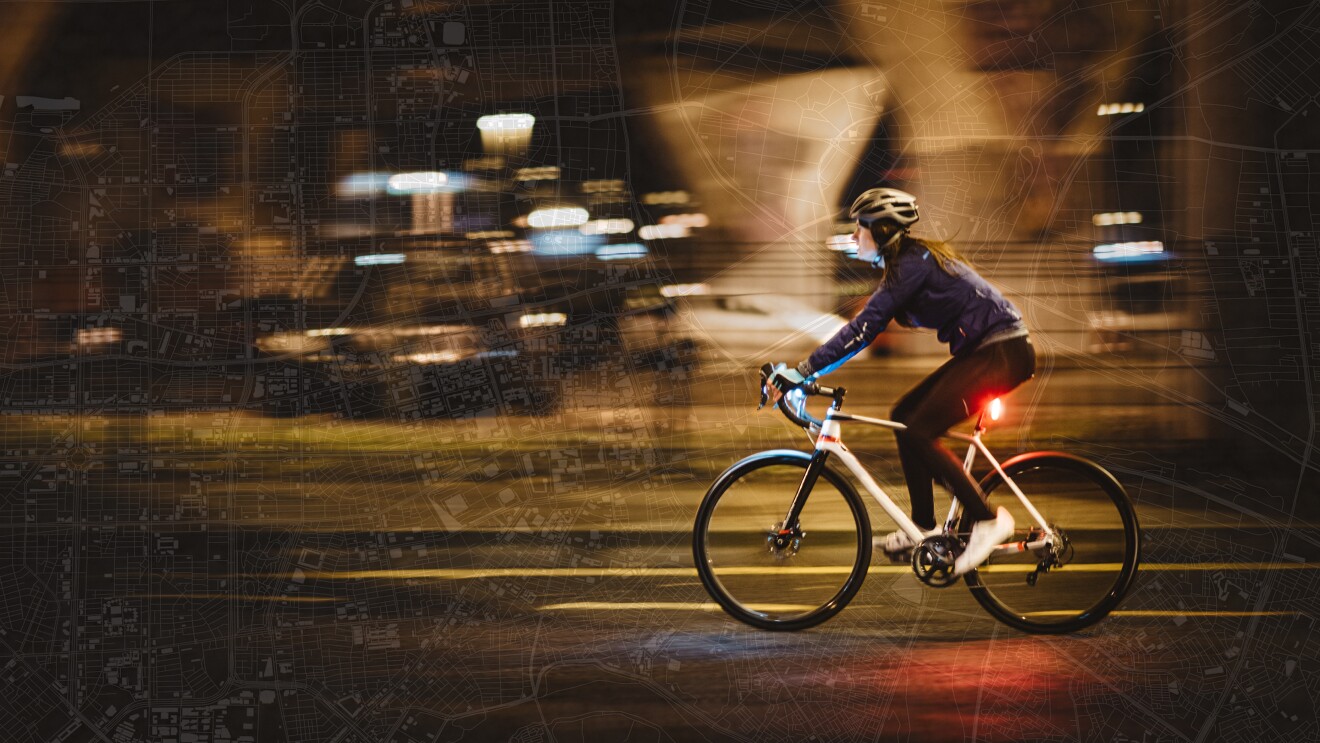
What’s next for See.Sense?
See.Sense has now undertaken pilot partnerships with local authorities in European cities including Manchester, Dublin, and Antwerp, with more in the pipeline. Most recently, they provided City of London with insights that helped to determine the location of a new cycleway.
The business has also partnered with British Cycling, and Cycling Ireland, as official bike light and data provider.
Additional features include crash and theft detection alerts. “We also give metrics to keep users motivated, so our latest update provides useful or interesting information like total miles travelled, calories burned and CO2 saved,” Irene adds.
The company also plans to launch a new service to provide fleet tracking and sensor data for city bike share schemes, with UK's largest electric bike share scheme in Exeter.
Philip adds: “We came through the AWS Activate Programme. We found that AWS specialists were genuinely engaged and passionate about our idea. They went out of their way to help us build our architecture and challenged us to make sure the fundamentals were right. We also use Fulfilment by Amazon to distribute our products.
”See.Sense and AWS are now working together on a pilot programme that will see AWS subsidise bike lights for 200 Amazon employees in London. Employees will opt-in to share data insights about the quality of the roads on their cycle rides to and from the company’s offices.
The pilot reinforces Amazon’s commitment to addressing climate change through sustainability reporting and cutting carbon emissions.
See.Sense is also in the process of launching their first non-bike light product, designed to tackle bike theft and to provide tracking of stolen bike with a ‘find my bike’ feature on a smartphone, using start-of-the-art connectivity technology called NB-IoT.
“All our systems and structures are built around the cloud,” says Philip. “None of this would have been possible without AWS.”
Find out how AWS Start-up Garage events can kick-start your tech business.




